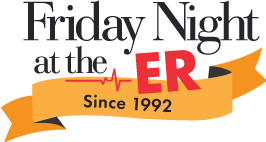When people play Friday Night at the ER, they start to see their roles as interconnected parts of a system. They learn that their roles overlap and affect each other, and that they have to take a system-wide view of their work in order to make a positive impact on the system as a whole. It’s a universal lesson that can be applied to any system – any group of individuals, teams or organizations who must work together for a common purpose.

Customer Kelly Wilson, for example, is using the game with adolescent health advocates to inspire a new system-wide view of teen pregnancy prevention instead of traditional approaches that target behavioral changes at the individual level.
As the lead investigator for the Innovative Teen Pregnancy Prevention Programs project at Texas A&M University, Wilson offers trainings in systems thinking to help youth serving professionals find relationships and patterns that influence teen pregnancy rates in an effort to spark new ways of thinking about their program development. We talked with Kelly recently about how Friday Night at the ER fits into her toolbox.
Kelly, we first met you at a Friday Night at the ER training workshop in Dallas in 2018. Were you already familiar with systems thinking then? If so, how long have you known about it?
Yes, I was already familiar with systems thinking by then. During my professional preparation I was lucky enough to study some of Peter Senge’s and Jay Forrester’s work and the influences that it had on education systems, youth serving leaders and young people. More specifically I’ve always been interested in systems influences on schools and the integration of health education for young people.
Why is systems thinking important to your work as an innovator and disruptor in the field of teen pregnancy prevention? What changes do you hope it leads to?
In the field of teen pregnancy prevention we have focused on the utilization of evidence based interventions. While I respect and appreciate the science behind these programs, most of them are focused on the individual. Our support of systems thinking and teen pregnancy prevention enables program developers to think beyond the individual, and influence communities, policies, environments or other aspects of the system.
Why did you choose Friday Night at the ER for your systems thinking trainings?
As someone who is trained in pedagogy, I was intrigued by the interaction of game play and the reality of the simulation that is presented through Friday Night at the ER. Also, because we are working with people in the social sector, most of them have personal experience or even some professional experience in the hospital setting. We find that the game is very relatable to a lot of the professionals we are working with, and they don’t personalize it too much because it is different than their setting.
Playing the game can be transformative for participants. What are the most common ‘aha!’ moments you see when you lead game sessions?
We love seeing ‘aha!’ moments that have the potential to spark innovation at a systems level for adolescent health programs. We know prevention education and contraceptives are very effective in preventing teen pregnancies, but we’d love to see programs take on a paradigm shift that address other elements and influencers in teen pregnancy prevention. The ‘aha!’ moments have happened in concert with other systems activities we incorporate with our work that Friday Night at the ER does a beautiful job setting the stage for!
Understanding and thinking about systems thinking is a good starting point for change, but it must also be paired with action. How do you lead your colleagues to this next step?
I love this question because one thing we know is that we all have different starting places for our engagement with systems thinking. So we always encourage our participants to let habits of systems thinking become daily practice. Second, we do not typically work with a single organization and only offer Friday Night at the ER. We tend to work closely with community stakeholders to gain a deeper understanding of system influences and leverage points. One of the most meaningful outputs for some of our organizations is a systems map that goes through a community validation process through which they see new opportunities within their system to make high-impact, positive change.
More User Stories
Lisa Yeo: Systems Thinking for Emerging Leaders
Joann Gadbaw: Using the Game to Surface ‘Data’ for Organization Development
Linda van der Steen: Teaching Government Teams to Self-Organize in The Netherlands

